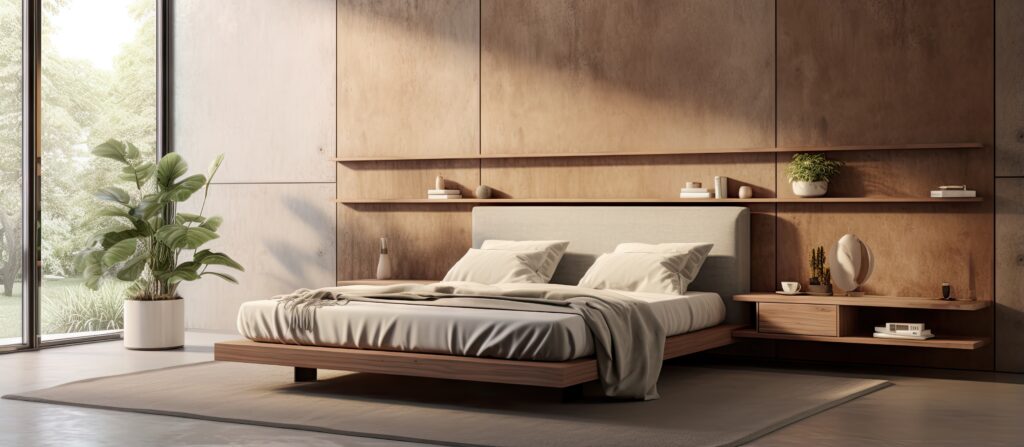Genel
Choosing the Right Joinery Design for Bedrooms
Choosing accessories as an interior designer involves a mix of creativity, a keen understanding of your preferences, and a good sense of balance. Here are some tips to guide you in selecting accessories for a home:
Understand the Client’s Style:
Start by thoroughly discussing with your client to understand their tastes, preferences, and lifestyle. This will help you tailor your accessory selections to their needs and desires.
Consider the Overall Design Theme:
Ensure that the accessories complement the overall design theme of the space. Whether it’s a modern, traditional, eclectic, or minimalist design, the accessories should enhance the chosen style.
Maintain Balance and Proportion:
Pay attention to the balance and proportion of accessories in each room. Avoid overcrowding or leaving spaces looking bare. Aim for a harmonious distribution of elements.
Texture and Materials:
Introduce a variety of textures and materials through accessories to add depth and visual interest. Consider the existing textures in the room, such as those in furniture and finishes, and complement or contrast them accordingly.
Color Harmony:
Create a cohesive color scheme with accessories that complements the existing colors in the room. Consider using a mix of colors that tie in with the overall palette to create visual harmony.
Personal Touch:
Infuse a personal touch by incorporating accessories that hold sentimental value or reflect the homeowner’s hobbies and interests. This can create a more meaningful and unique design.
Layering:
Use layering to add dimension to the space. Place accessories at varying heights and group them in visually appealing arrangements. This can include items like vases, sculptures, or decorative trays.
Functional Accessories:
Choose accessories that serve a purpose beyond aesthetics. For example, decorative storage solutions, stylish lighting fixtures, or art pieces that also function as conversation starters.
Consider Scale:
Ensure that the scale of the accessories is appropriate for the size of the space and the furniture. Oversized accessories can overwhelm a room, while undersized ones may get lost.
Seasonal Rotation:
Consider the flexibility of accessories to allow for seasonal rotations. This can keep the space feeling fresh and dynamic throughout the year.
Quality over Quantity:
Focus on quality rather than quantity. Select a few well-chosen accessories that make a statement and contribute to the overall design rather than overcrowding the space with too many items.
Grouping and Arrangement:
Group similar accessories together for a more curated and intentional look. Experiment with arrangements on shelves, tables, or walls to find the most visually appealing composition.
Stay Updated on Trends:
Keep informed about current design trends, but don’t feel obligated to follow them strictly. Use trends as inspiration and adapt them to suit your client’s preferences and the overall design.
Practicality:
Ensure that the accessories selected are practical and functional. While aesthetics is crucial, usability should not be compromised.
Remember that the goal is to enhance the space’s overall design and create a cohesive, visually pleasing environment. Regular communication with the client and a thoughtful, iterative approach will lead to successful accessory selections aligning with the interior design vision.


